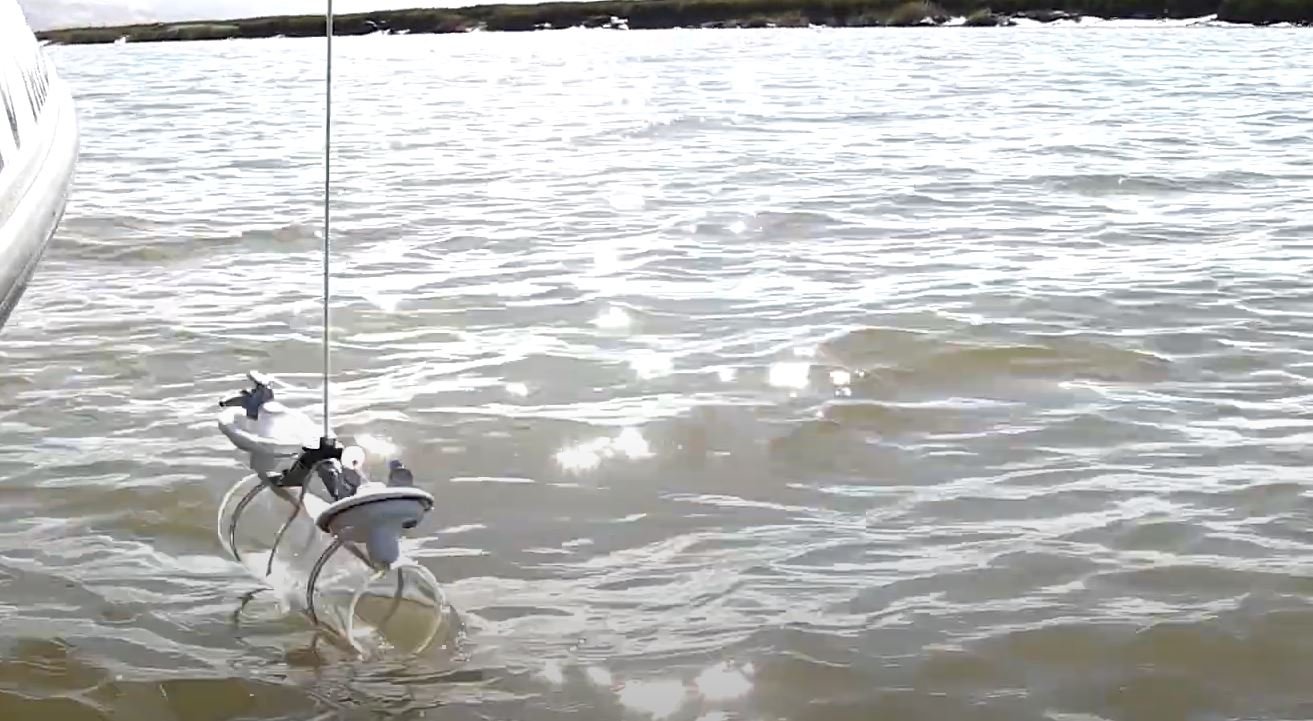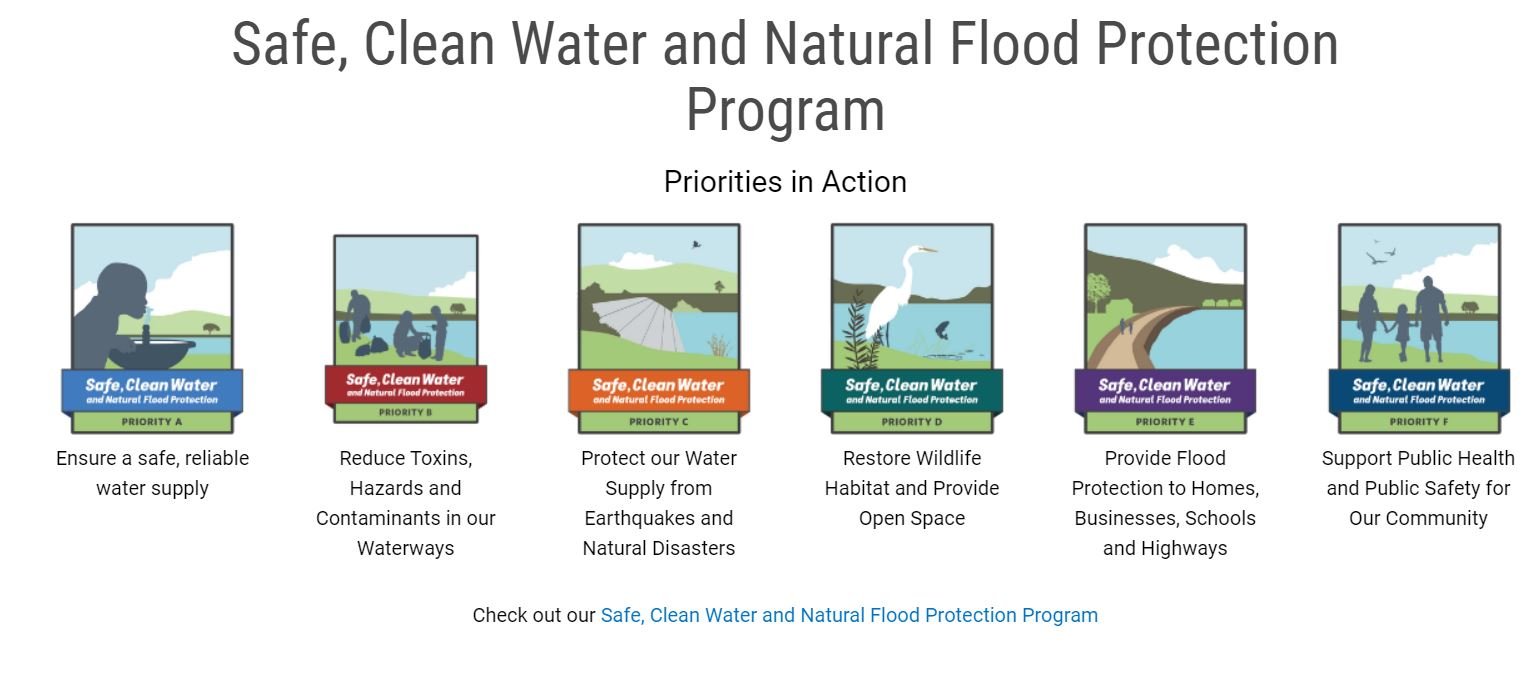POLITICS OF THE WATERSHED - - -
POLITICS OF THE WATERSHED - - -

DROUGHT
stories of the watersheds in San Jose
WATERSHED QUALITY CONTROL
WATERSHED MAPS
San Jose has over 136 miles of creeks and streams total, and they provide the hiking trails and natural habitats for the people and animals. The municipality has storm water runoff that directs the excess rainfall into any one of these streams.
There are a number of efforts by the city to combat any pollution that will contaminate the watersheds, including studies and the water itself to guarantee that it is potable and drinkable for the entire habitat.
All of our daily activity can have a direct impact on the watershed qualities and potability. According to Anna Fessler-Hoffman of San Jose’s environmental services, there are 7 total groups that conduct cleanups in the area in order to ensure the San Francisco Bay stays clean.
https://www.sanjoseca.gov/your-government/environment/our-creeks-rivers-bay/watershed-maps
WATERSHED MAPS
This is a watershed map of the San Jose city area. Each zone is where the runoff will feed and go back to the specific water tables. The most vulnerable areas are the the ones that do not have access to water naturally outside of those fed by the Nevada water system.
According to research and empirical data gathered by San Jose and Santa Clara officials, the water shed has disappeared slowly as the drought has continued.
The coyote creek watershed and the watershed Guadalupe River feeds are the two major ones that take up the square mileage of the city the most.
The protection of these areas should be the biggest concetn, along with the pollution of potable water being fed into the Bayshed.
WATER RESTRICTIONS
WATER RESTRICTIONS
With the California drought in its third year, it is more important than ever that the businesses, residents, and visitors to be as conscious of their consumption as possible.
In May 2022, the Valley Water Board of Directors approved of the water wat enforcement ordinance to restrict outdoor water use, including irrigation limits, runoff control and monitoring
Some of the limits include:
no watering of runoff-causing landscapes
no application of potable water within 48 hours of rainfall
no irrigation of landscapes from 9-6PM
no application of water in commercial industrial or institutional sites INCLUDING homeowner associations
The most critical factor is that these will save 780,000 household water usages annually. The only exception to the rule is for plantings or trees which are used for comfort and heating control in high temperature days, which are common in Santa Clara County
https://www.valleywater.org/WaterRestrictions
FINANCIAL PENALTIES
FINANCIAL PENALTIES
Water enforcers are a necessary investment for the city and the region as a whole. Silicon Valley is an economic hub for the entire country. So the water table needs to be protected from waste of water by residents as well.
According to the Valley water spokesperson, even though the county only received 1/4 inch of rain in the winter of 2022, water usage is up 19% compared to March 2020 and 30% from pre pandemic. The city will be able to implement up to a $500 fine to residents found wasting water above limits.
The exact water usage was not set, and is most likely up to general observation and water bills. Their biggest concern is to have watering down to two days a week. This, “should be able to meet our 15% conservation goal” and mitigate the effects of overall water waste in the county.
This can also be controlled by encouraging the replacement of lawns with drought tolerant landscaping, and the city is willing to rebate those investments made by homeowners in the Valley,
https://sanjosespotlight.com/silicon-valley-residents-could-face-fines-for-wasting-water-california-drought-conservation/






